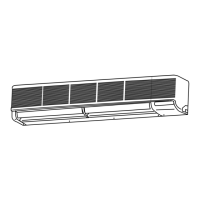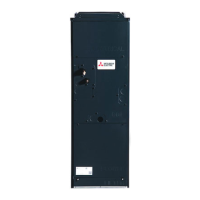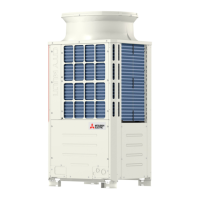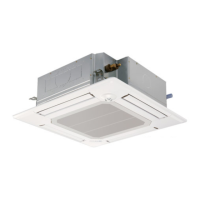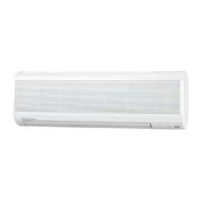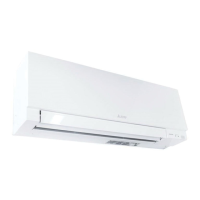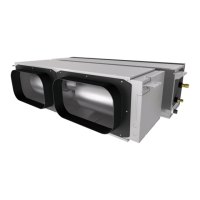Why is my Mitsubishi Air Conditioner not heating or cooling well?
- BBradley MillsAug 21, 2025
Several factors can affect your Mitsubishi Air Conditioner's heating or cooling performance. Reduced airflow due to a dirty or clogged filter is a common cause; try cleaning the filter. Also, ensure the temperature is correctly adjusted. Check that there's enough space around the outdoor unit and that neither the indoor unit's air intake nor outlet is blocked. Finally, ensure no doors or windows have been left open.


